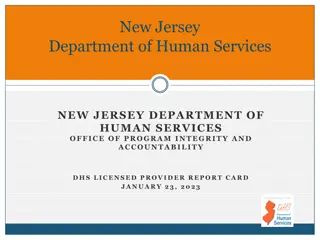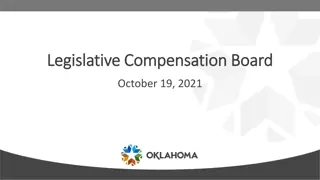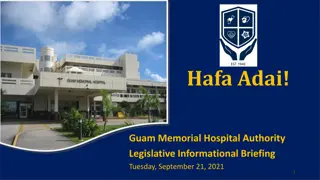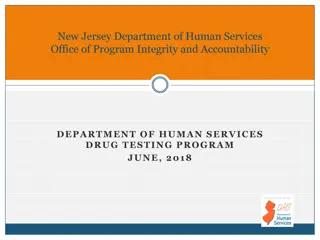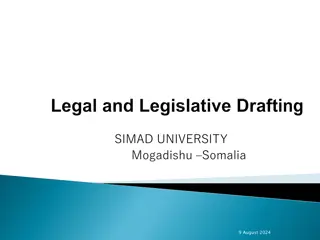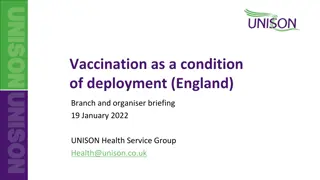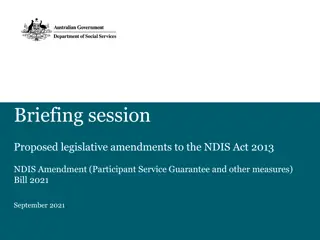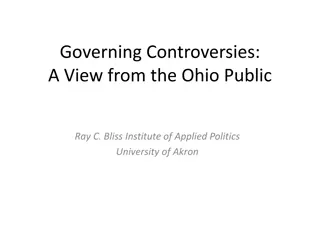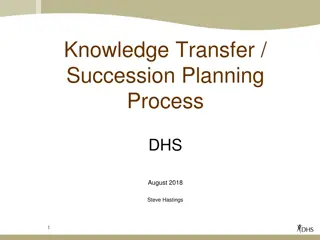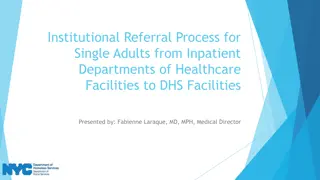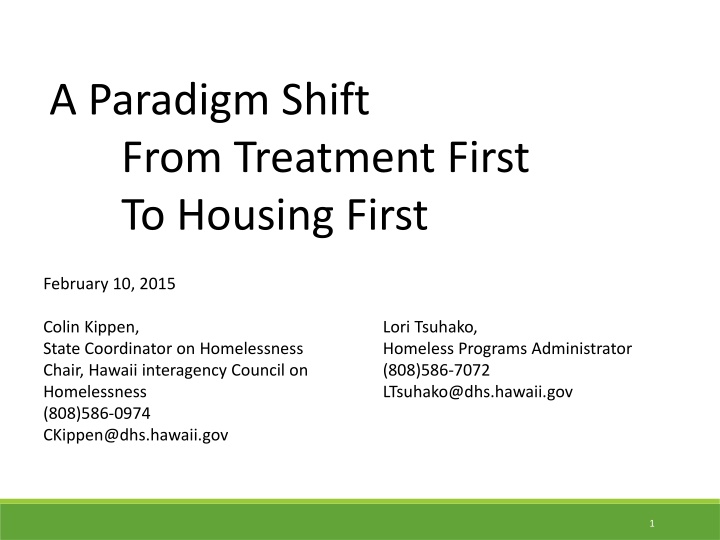
Paradigm Shift: Housing First Approach for Homelessness in Hawaii
Explore Hawaii's shift from a treatment-first to a housing-first approach for addressing homelessness. Discover the rationale behind the change, key supporters, initiatives like the 25 Cities Initiative, and learnings from the common assessment on the homeless population.
Uploaded on | 0 Views
Download Presentation

Please find below an Image/Link to download the presentation.
The content on the website is provided AS IS for your information and personal use only. It may not be sold, licensed, or shared on other websites without obtaining consent from the author. If you encounter any issues during the download, it is possible that the publisher has removed the file from their server.
You are allowed to download the files provided on this website for personal or commercial use, subject to the condition that they are used lawfully. All files are the property of their respective owners.
The content on the website is provided AS IS for your information and personal use only. It may not be sold, licensed, or shared on other websites without obtaining consent from the author.
E N D
Presentation Transcript
A Paradigm Shift From Treatment First To Housing First February 10, 2015 Colin Kippen, State Coordinator on Homelessness Chair, Hawaii interagency Council on Homelessness (808)586-0974 CKippen@dhs.hawaii.gov Lori Tsuhako, Homeless Programs Administrator (808)586-7072 LTsuhako@dhs.hawaii.gov 1
Why the shift? Homeless Numbers Have Not Been Decreasing Lack of Coordination, Understandability and Predictability Scarce Resources Not Targeted (Corollary: One Size Does Not Fit All Homeless) Costs of Homelessness To Public Systems Skyrocket (911, ER, Hospitals, Police, Courts, Jails ) Housing is Healthcare 2
WHO SUPPORTS THE CHANGE? WHO IS HELPING US? THE HEARTH ACT HUD VA USICH HICH State of Hawaii City and County of Honolulu The Continua of Care PIC (Oahu) BTG (N. Islands)
Leveraging HUD & VA Support: The 25 Cities Initiative Seattle Detroit Portland Boston Chicago New York Denver Philly San Francisco Las Vegas Baltimore Fresno Riverside Washington Los Angeles Phoenix Atlanta San Diego Tucson Houston Tampa Honolulu New Orleans Hawaii has the 2nd highest rate of chronic homelessness per capita in the nation Orlando Miami
What is the Change? Adopted a Common Assessment (VI-SPDAT)and Housing Placement System (CAHP) Collected and Assessed Data on 2100 Homeless People and Resources Available to Meet Their Needs Shifted Focus to Housing First with Fidelity Adopting National Evidence Based Best Practices To Leverage Federal Funds 5
What have we learned about the Homeless What have we learned about the Homeless through our Common Assessment (VI through our Common Assessment (VI- -SPDAT)? SPDAT)? A total of 2100 homeless households have been surveyed using the common assessment (VI-SPDAT) between 3/1/14 and 1/22/15: 3/4 (74%) indicate a need for more intensive support than is currently available: 32% need intensive case management and long-term housing subsidy 42% need short-term case management and subsidy (usually Only 6-9 mos.) VI-SPDAT Scores Permanent Supportive Housing 32% (10-20) Distinct differences in need between geographic regions More need for intensive support in Urban Honolulu (Waikiki & Chinatown) compared to the Leeward Coast. Rapid Rehousing 42% (5-9) The most vulnerable homeless report being unsheltered for a long period of time an average of 8 years homeless The most vulnerable homeless are seniors -- Of those needing the most intensive level of support, the average age is 61.5 years old Only 22% of households report that they sleep in shelter The most common sleeping spot was on the streets / sidewalk (30%) or beaches/parks (27%). Mainstream 26% (0-4)
HPO Administers Programs & HPO Administers Programs & Funding Funding Our historical homeless service system is being TRANSFORMED to reflect a Housing First system of care that is: Data driven Outcome based Focused on housing 7
Transformation is Happening! Transformation is Happening! Developed and Implemented evidence-based State Housing First program in alignment with DOH s SAMHSA Pathways grant. (Leveraging federal funds) Implemented new, robust standards for coordinated homeless outreach. This includes unprecedented collaboration with AMHD providers, medical plans, and others. Reduces duplication and makes the best use of aggregate available funding. 8
Transformation is Happening! Transformation is Happening! HPO worked in conjunction with HHFDC to convert homeless shelter inventory to create additional permanent housing units in the community. Increase collaborative efforts and re-distribute resources to meet verified needs. Restructuring programs to reflect evidence-based practices. 9




